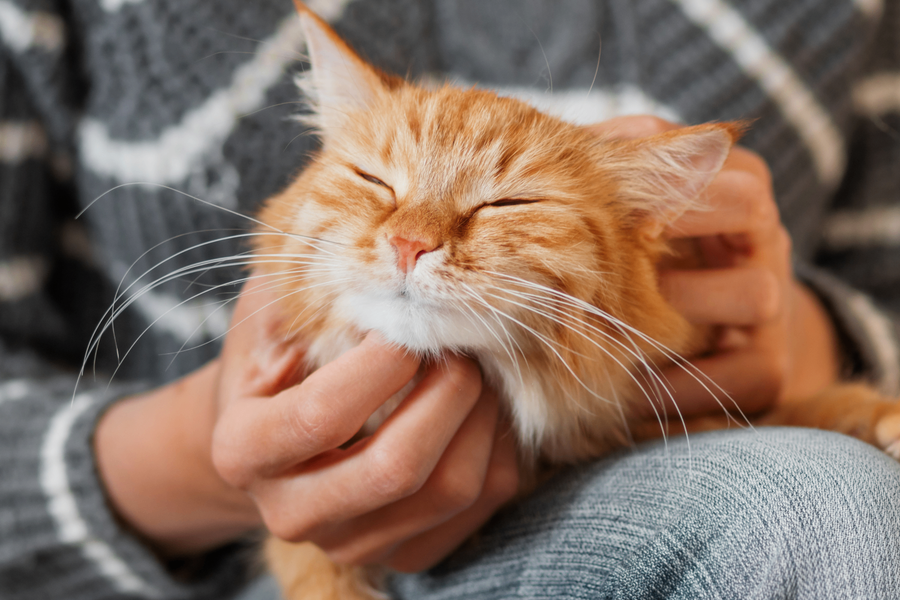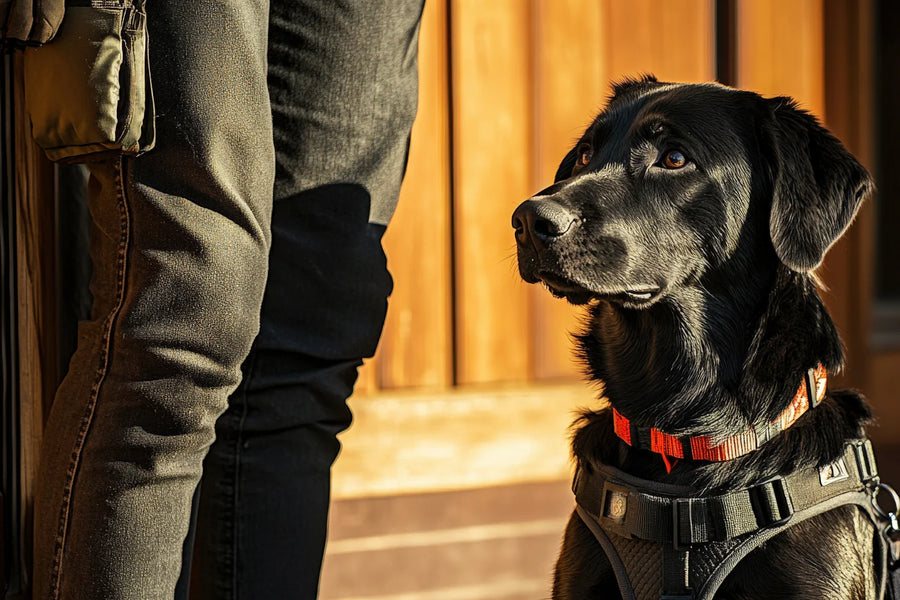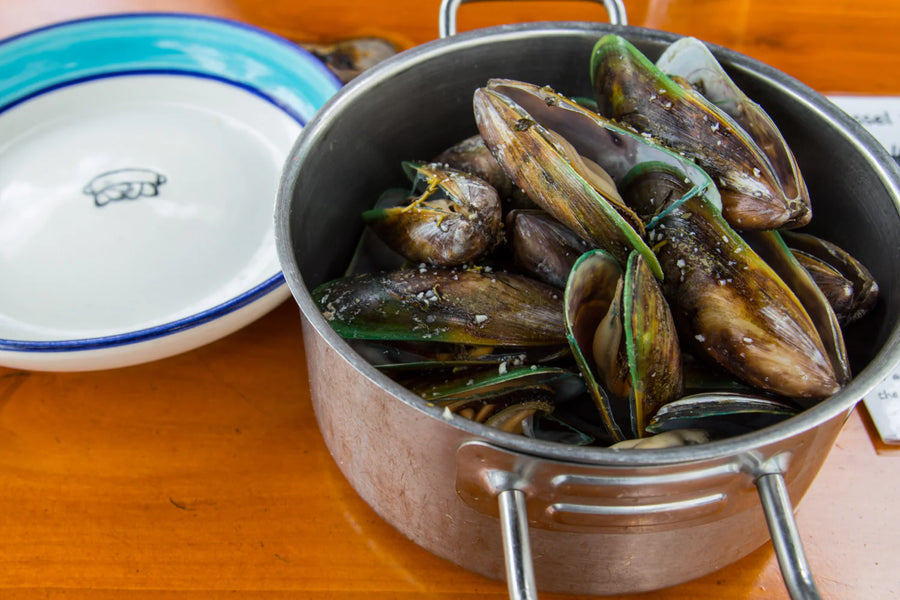Cats can be unpredictable, but if there’s one thing that brings out their playful side, it’s catnip. A sprinkle on a scratching post, a stuffed toy, or even fresh leaves from the garden can send some cats into a full-on frenzy — rolling, zooming, and rubbing against anything in sight.
Others just mellow out, stretching into a blissful daze. And then there are the cats who couldn’t care less, completely immune to whatever magic is happening.
At Pet HealthWorks, we know how important it is to keep your cat engaged, active, and happy. Catnip is one of the simplest ways to add excitement to their day, but what actually makes it so irresistible? And if your cat doesn’t react to it, are there other options?
Let’s break it all down — what catnip is, how it works, and the best ways to use it for feline fun.
What Exactly Is Catnip?
Catnip (Nepeta cataria) is a plant from the mint family. It grows naturally across North America, Europe, and Asia and has been used for everything from herbal remedies to pest control. But for cats, it’s something much more exciting.
The key ingredient behind catnip’s effect is nepetalactone, an essential oil found in the leaves and stems. When released into the air — whether from a fresh plant, dried leaves, or a catnip-stuffed toy — this compound interacts with a cat’s sensory system, often leading to playful or relaxed behavior.
But here’s the catch: not all cats react to catnip. Sensitivity is genetic, meaning some cats are naturally wired to respond, while others show little to no interest.
How Does Catnip Affect Cats?
For cats that do respond to catnip, the effects can be entertaining to watch. When a cat smells catnip, nepetalactone binds to receptors in their nose, sending signals to the brain that trigger a burst of activity.
Some cats roll around, rub their face on the source, or start sprinting in excitement. Others may get vocal, paw at the air, or pounce on invisible objects. These reactions usually last between five and 15 minutes before wearing off. After that, cats enter a temporary “reset” phase where they won’t respond to catnip again for about an hour.
Interestingly, while smelling catnip tends to create a playful, hyperactive response, eating it has the opposite effect. When ingested, catnip acts as more of a relaxant, making some cats drowsy or extra snuggly.
Is Catnip Safe for Cats?
Wondering if catnip is actually safe for your cat? We get it — there are plenty of things that are a hard no for felines. Lilies? Toxic. Chocolate? Definitely not. Grapes? Don’t even think about it. But catnip? No need to worry. Catnip is completely safe for cats.
That said, some cats can get a little too excited. If your cat is prone to overstimulation, they might get extra zoomy, swat at things more aggressively, or even seem irritated after a catnip session. If that happens, it’s best to give them a break and let them reset.
In rare cases, eating large amounts of catnip can cause mild stomach upset, but most cats instinctively know when they’ve had enough. The best approach? Offer it in moderation and see how your cat responds.
What Are Some Ways To Use Catnip?
Catnip isn’t just a fun treat — it’s a great tool for keeping cats engaged, active, and mentally stimulated. Here are some of the best ways to introduce it.
Sprinkle It on Their Favorite Toys
One of the easiest ways to use catnip is by adding it to your cat’s favorite toys. Soft plush toys, kicker toys, or even crinkle balls can get a whole new level of attention with a little dried catnip.
Some toys are refillable, while others just need a quick sprinkle to reignite your cat’s interest. If your cat tends to lose interest in toys quickly, rotating them with fresh catnip can keep playtime exciting.
Use Catnip to Encourage Scratching in the Right Places
Got a cat that prefers your couch over their scratching post? Catnip can help with that. Rubbing dried catnip or using a catnip spray on their scratcher can make it way more appealing than your furniture. Since scratching is a natural behavior that helps stretch their muscles and keep their claws healthy, encouraging them to use the right spots benefits both you and your cat.
Keep Playtime Going Strong
A good catnip session can lead to bursts of energy — chasing, pouncing, and jumping all over the place. And while younger cats recover quickly, older cats might slow down or hesitate before making those same big leaps. If you’ve noticed your cat hesitating before jumping onto their favorite perch or tiring out faster during play, it could be a sign their joints need extra support.
That’s where joint supplements for cats come in. Backed by 40 years of research, Antinol® Plus helps support mobility and joint health, keeping cats active for longer.
Made with sustainably sourced green-lipped mussel oil and Antarctic krill oil, this joint supplement is designed to keep your cat moving comfortably — so they can keep pouncing, chasing, and kneading long after the catnip wears off.
A Final Word
Catnip is one of the easiest ways to bring a little extra fun into your cat’s day. Whether it gets them bouncing off the walls, rubbing against everything in sight, or settling into a dreamy nap, it’s a safe and natural way to encourage movement and play. Not every cat responds to it, but for those that do, it can be a great tool for enrichment, training, and even stress relief.
At Pet HealthWorks, we’re all about keeping cats happy, active, and comfortable for years to come. If your cat is slowing down after a play session or hesitating before their usual jumps, they might need extra joint support. Antinol® Plus for Cats helps keep them moving with ease — because every cat deserves to play, climb, and chase, no matter their age.
The information contained within this blog is for educational purposes only and is not intended to serve as a substitute for professional veterinary advice. When introducing new items into your pet’s diet, consult with your veterinarian
Sources:
What Is Catnip? | Martha Stewart
Catnip’s chemical attractant is new twist on old family tradition | Research News | Florida Museum
Cat Behavior: Scratching | Oregon Veterinary Medical Association




